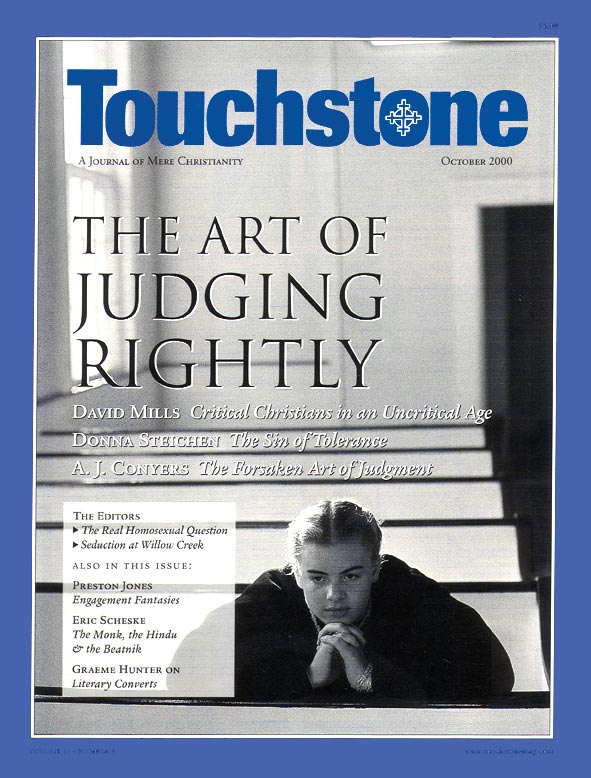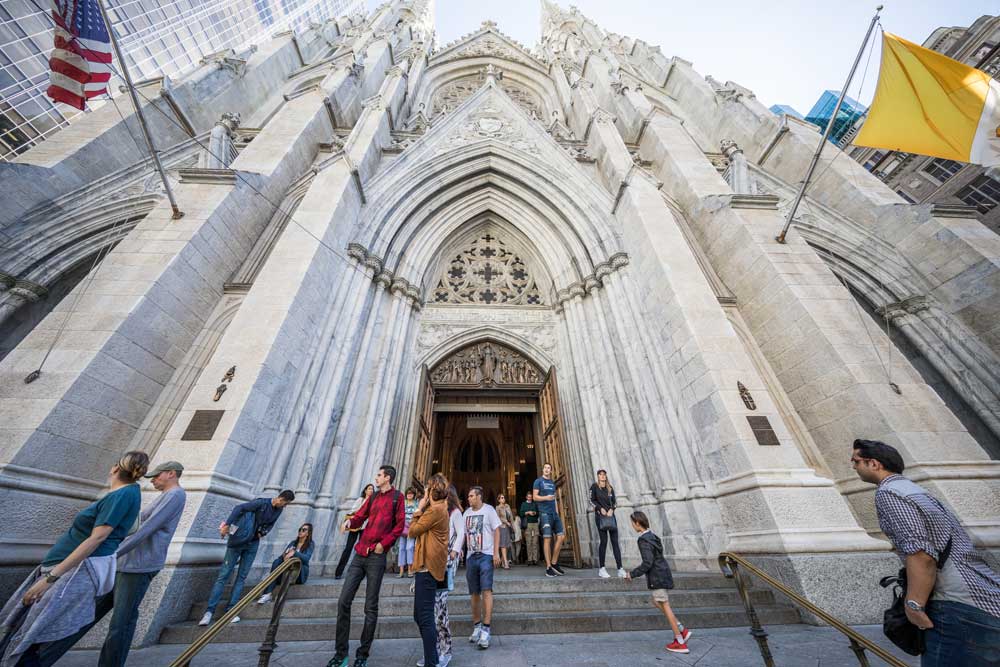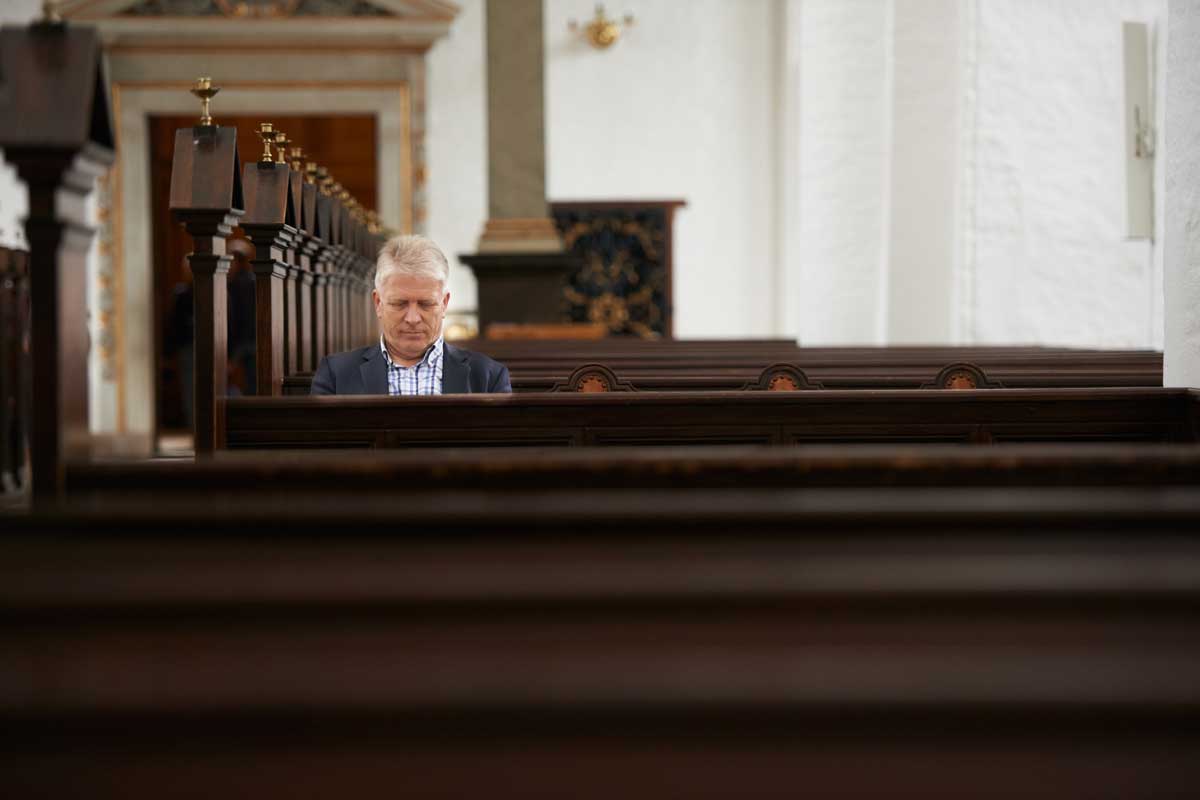A Literary Tapestry
Literary Converts: Spiritual Inspiration in an Age of Unbelief
by Joseph Pearce
San Francisco: Ignatius Press, 1999
(452 pages; $24.95, cloth)
by Graeme Hunter
Is the English literature of the twentieth century demonic? The French poet Paul Claudel thought so. But most English critics would settle for calling it merely secular. Enter Joseph Pearce and his Literary Converts, turning upside down both the complacency of the secular English and the asperity of the pious French. In this unusual and insightful book, Pearce draws attention to a powerful stream of orthodox Christian literature that has flowed through and, in times of spate, well-nigh flooded, the much-misunderstood twentieth century. This book concerns the influence and power of a certain group of “literary converts” in shaping the intellectual landscape of the past hundred years.
Pearce is bad news for certain kinds of authors, the kind that wish to operate as public intellectual figures and yet to remain behind a veil of anonymity in their private lives. Literary Converts promiscuously mixes lives and letters. It thrusts the reader into a complex maze of personalities and writings, initially offering only its subtitle, “spiritual inspiration in an age of unbelief,” as a clue to its labyrinthine plan. We meet major and minor writers who converted to Christianity and whose lives and works were affected by the change. We see the chain reaction that conversion often causes, tracing its influence through an expanding network of other writers’ works and days. By the book’s final chapter we see spun before us a complex web of influences extending across the whole of the last ten decades. It is only when the web is complete that the reader begins to see the unsuspected pattern that it is the book’s primary achievement to suggest.
But the road between page 1 and page 445 has occasional obstacles. At first, I was a little bothered by the principle of selection. The book is almost only about writers, but not quite. The actor Sir Alec Guinness, for example, comes in for extended treatment. It is almost all about British poets and novelists, but not quite. The émigré economist, E. F. Schumacher, gets extended treatment because of his connection with the economic and social principles of G. K. Chesterton and Hilaire Belloc, two of the central figures of the story. I do not say that Pearce is arbitrary in his inclusions and exclusions, but only that it is difficult to find any other justification for the choices than is provided by the book as a whole.
Most puzzling in this respect is the fact that no American authors figure in the story, though America can furnish her own impressive list of Christian writers. The suspicion of arbitrariness that is inevitably aroused is best dispelled, however, as I have already suggested, by further reading. Pearce’s intent, we gradually see, is to gather together certain strands of recent literary history that we are accustomed to treating in isolation, when we mention them at all, and then to follow them through the tapestry of the century, showing how they are responsible for one of its dominant motifs. In this way the reader is led to discover lines of literary influence connecting, for example, the theologian Ronald Knox to the historian Christopher Dawson and the economist E. F. Schumacher.
No doubt different choices could have led to different and perhaps equally interesting results. But it is not so surprising that readers of such an ambitious book should only come to see its larger picture when the whole tapestry has been laid before them. The author alone sees it all from the beginning. In this reviewer’s opinion, the big picture not only helps explain Pearce’s choices, but also in large measure justifies them.
Pearce is a veteran literary biographer, with previous works on Tolkien and Chesterton. He compares his subjects’ lives and contexts with the more narrowly literary influences to which they were exposed to form a sketch of their mature mind and works. In borrowed words, Pearce describes his project as an attempt to display “a network of minds energizing each other.” Later he puts it this way:
The story of how these giants of literature exerted a profound influence on each other and on the age in which they lived represents more than merely a study of one important aspect of twentieth-century literature. It is an adventure story in which belief and unbelief clash in creative collision.
Pearce begins his story with the figure of Oscar Wilde. Strict chronology places Wilde in the nineteenth century, but many would agree that that flamboyantly homosexual and hilariously trivial man is a better symbol of the direction literature would take in the twentieth. One familiar picture of the twentieth century would have it begin in the hypocrisy of Wilde’s trial and end in the dirty stream of “pink ink,” leftish politics, and literary chaos of radical feminism and deconstruction. Pearce jolts us awake with an inspiring alternative to that conventional picture. The same hundred years began with Wilde’s deathbed conversion to Roman Catholicism in 1900 and ended in 1997 with an overwhelming popular endorsement of another work brimming with Christian themes, J. R. R. Tolkien’s Lord of the Rings, as “the greatest book of the twentieth century.” So begins Pearce’s welcome sketch of the neglected “other” face of our time. Pearce shows why the historian Paul Johnson could say in a tribute to Malcolm Muggeridge in 1995: “His life and example help to explain why, at the end of the twentieth century, religion, far from disappearing, is alive and well and flourishing in the hearts of sophisticated men and women.”
Wilde’s deathbed conversion is also a harbinger of the arrival on the literary scene of a strange literary monster, christened by George Bernard Shaw as “the Chesterbelloc.” By the force of their personalities, as much as through the power of their poetry and prose, G. K. Chesterton and Hilaire Belloc became two of the three principal founts of Christian literary influence in the early part of the twentieth century. Their brilliant styles and fascinating lives provide a thematic continuo for Pearce’s engrossing tale.
Graeme Hunter is a contributing editor to Touchstone and Research Professor of Philosophy at Dominican University College in Ottawa. He is the author of Radical Protestantism in Spinoza's Thought (Ashgate).
subscription options
Order
Print/Online Subscription

Get six issues (one year) of Touchstone PLUS full online access including pdf downloads for only $39.95. That's only $3.34 per month!
Order
Online Only
Subscription

Get a one-year full-access subscription to the Touchstone online archives for only $19.95. That's only $1.66 per month!
bulk subscriptions
Order Touchstone subscriptions in bulk and save $10 per sub! Each subscription includes 6 issues of Touchstone plus full online access to touchstonemag.com—including archives, videos, and pdf downloads of recent issues for only $29.95 each! Great for churches or study groups.
Transactions will be processed on a secure server.
more on conversion from the online archives
more from the online archives
calling all readers
Please Donate
"There are magazines worth reading but few worth saving . . . Touchstone is just such a magazine."
—Alice von Hildebrand
"Here we do not concede one square millimeter of territory to falsehood, folly, contemporary sentimentality, or fashion. We speak the truth, and let God be our judge. . . . Touchstone is the one committedly Christian conservative journal."
—Anthony Esolen, Touchstone senior editor










